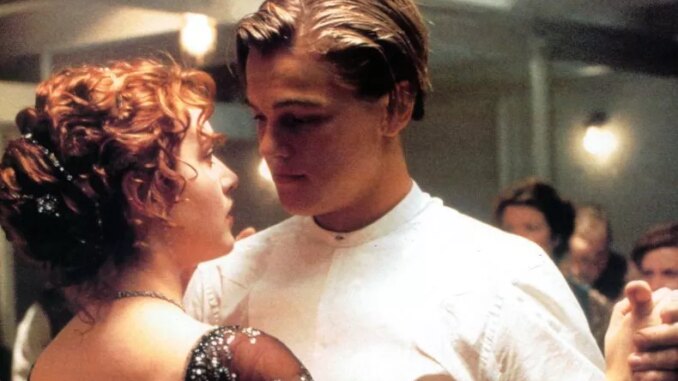
The enduring fascination with James Cameron’s Titanic lies not solely in its epic romance, historical grandeur, or the sheer scale of its production. It also resides in the meticulous choices made during its creation, particularly in what was shown and, perhaps more tellingly, what was held back. One such decision, a testament to the fine line between impactful realism and gratuitous horror, involved the excised death scene of Fabrizio De Rossi, Jack Dawson's spirited Italian friend. This particular sequence was deemed "way too much," and its omission speaks volumes about the film's careful calibration of tragedy.
Fabrizio, with his infectious optimism and dreams of America, serves as a poignant counterpoint to Jack’s more grounded nature. His ultimate demise in the film is swift and brutal: crushed by a falling smokestack as the ship breaks apart. It’s a moment of sudden, impersonal violence, highlighting the indiscriminate nature of the disaster. However, the original vision for Fabrizio’s end was far more visceral, a gut-wrenching spectacle that would have painted a truly horrific picture of the ship’s final moments.
Imagine the icy chaos: the Titanic splitting with a deafening roar, plunging hundreds into the frigid Atlantic. Fabrizio, having survived the initial separation, would be depicted struggling in the churning, debris-filled water, desperately trying to clamber onto an overturned lifeboat. Just as hope flickered in his eyes, a massive, gnarled smokestack, ripped from the ship’s deck, would come crashing down. In the cut scene, it wasn't just a crushing blow; it was a decapitation. The smokestack would have sheared off Fabrizio’s head, sending his headless corpse spinning grotesquely in the churning water, a macabre ballet of despair before disappearing beneath the waves.
It’s easy to see why this particular sequence was deemed "way too much." Cameron, ever the master of cinematic spectacle, understood the delicate balance between conveying the terror of the disaster and alienating his audience. The decapitation, followed by the image of a headless body, would have been an unsparing jolt of visceral horror. It would have shifted the film's tone from tragic epic to outright slasher, a moment of Grand Guignol that risked cheapening the broader human tragedy unfolding. The sheer gore, while perhaps historically accurate in its representation of what might happen in such a cataclysm, would have been a shock that could overshadow the emotional narrative Cameron was so carefully weaving.
Furthermore, such an explicit depiction of death could have detracted from the film's primary focus: the human stories, particularly that of Jack and Rose. While the film doesn't shy away from depicting the immense loss of life, it largely does so with a sense of respectful scale rather than individual, graphic detail. We see thousands struggling, freezing, and drowning, but the focus remains on the emotional impact on our protagonists. A horrific, drawn-out death for a recognizable character like Fabrizio, however minor, would have injected a level of explicit violence that might have broken the audience's immersion in the romantic drama, pulling them sharply into the realm of a disaster-horror film.
The decision to cut Fabrizio’s more gruesome demise ultimately served the film’s larger artistic purpose. By opting for a quick, impactful, yet less explicitly gory death, Cameron maintained the delicate balance. Fabrizio’s actual end, crushed by the smokestack, is still shocking and effectively conveys the terrifying, indiscriminate power of the disaster. It serves its purpose without needing to revel in the gruesome specifics, allowing the audience to process the tragedy on a more emotional, less visceral, level.
In filmmaking, the choices of what to show and what to omit are as crucial as the scenes themselves. The story of Fabrizio's original death scene is a powerful illustration of this principle. It highlights a director's responsibility not just to historical accuracy or cinematic spectacle, but to the audience's emotional journey. By tempering the extreme realism, Cameron ensured that Titanic remained a poignant epic, a testament to human resilience and despair, rather than descending into a mere parade of horrors. The true tragedy, after all, was not just in how people died, but that they died at all, a message conveyed far more powerfully through suggestion and emotional resonance than by explicit, "too much" gore.
